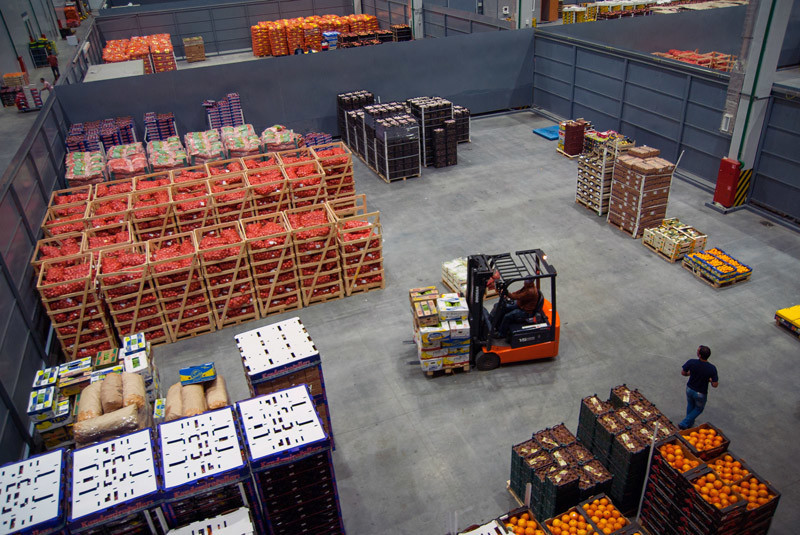
It’s no secret that the food truck industry is booming. In fact, it’s grown so much in recent years that it’s now a $2.7 billion dollar industry. But what most people don’t know is that this growth isn’t uniform throughout the year. In fact, different seasons bring about different opportunities and challenges for food truck owners. The trucking industry goes through four seasons, just like the weather. Each season has an impact on the food truck industry. Knowing what to expect during each season will help you be better prepared for what lies ahead.
To help food truck entrepreneurs capitalize on these opportunities and overcome these challenges, we’ve put together a blog post outlining how each season impacts the food truck industry and local businesses. So whether you’re just starting out or you’ve been in the game for a while, be sure to read on to learn more about the all seasons of trucking!
What is trucking seasons?
Trucking seasons are the times of year when truckers or reverse logistics companies can work. They are typically divided into two parts: peak season and off-season.
Peak season is the busiest time for food trucks, as more people are looking to eat out. This is because peak season coincides with major holidays like Christmas and Easter, which drive up demand for food from restaurants. Off-season, on the other hand, is quieter than peak season; this is because most people have already eaten at least once during that particular month.
The main difference between peak and off-season trucking seasons comes down to pay rates. During peak season, drivers earn a lot more money than they do during off-season because there are more jobs available and companies want to fill them as quickly as possible.

How Do Seasons Affect The Food Truck Industry?
The food truck industry is a seasonal one, with different times of the year when food trucks are more prevalent.
The summer months tend to be the busiest, as people are out and about enjoying the weather. This also coincides with events like festivals and street fairs where there’s an increased demand for mobile cuisine. In the fall, things start to slow down as people head back to school and work schedules change.
This is also when many food truck owners move their businesses indoors or close up shop for winter season. The springtime sees a resurgence in activity as people start thinking about healthy diets and returning to outdoor activities like hiking and biking.
What are the 4 Seasons Transportation?
There are four seasons in the transportation industry, each with its own unique impacts on food trucks.
Spring: The Quiet Season (January – March)
There is a decline in freight volume during this time. It is now officially the beginning of the New Year, and we are at the end of the holiday season. The slowest transportation is typically by weather conditions as they are not conducive to shipping, despite low temperatures and snow-covered highways. As the transportation industry recovers from the hectic holiday shipping season, it is slowly regaining its footing. During the quiet season, freight volume gradually increases, usually peaking in March as spring approaches.
Summer: The Produce Shipping Season (April – July)
Summer is the Produce Shipping Season, and freight volume is picking up after a few almost dormant months. There is a greater choice of loads for carriers to choose from, and they can be more selective. It is important to remember that each state has a predominant crop that must be shipped out all over the country. Therefore, the market tightens, shippers realize that finding a long distance truck has become more challenging, and the rates are rising.
Fall: The Peak Shipping Season (August – October)
In fall, business picks up as schools close down for winter months break and families start cooking dinner at home instead of going out to eat. Fall can be a busy time for transportation companies as shipments increase throughout their facilities to make sure they’re ready for the holidays. Rates continue to rise during this time, and freight volume peaks in late October or early November.
Winter: The Holiday Shopping Season (November – December)
The holiday shipping season is the busiest time of year for trucking companies. The reason is simple: shippers rush to complete their last orders and get everything in or out before holiday closures. This also happens to be the time when most new shipments are made, as well as the end of the year, which no one wants to leave freight behind and drag it into the New Year.
General freight trucking examples:
General freight trucking is a broad term that includes freight moved in semi and full trailers, container trailers or straight trucks, but excludes bulk transport Vehicle Loading and household goods. This type of freight is typically transported by truckers who are paid based on the weight and distance they travel. The most common types of general freight include materials such as coal, oil, agricultural products, and manufactured goods.

Why you Need All Seasons Freight Insurance?
Freight insurance can help cover a wide range of potential risks and costs that may come up when transporting goods.
This includes things like loss or damage to the cargo itself, as well as any associated expenses such as storage fees, transport costs, and customs duties. By having this coverage in place before anything goes wrong, you can rest assured that you’ll be able to cover any losses or damages that may occur during transit. So whether you’re in the middle of a busy shipping season or not so busy one – make sure to have freight insurance on all your shipments!







